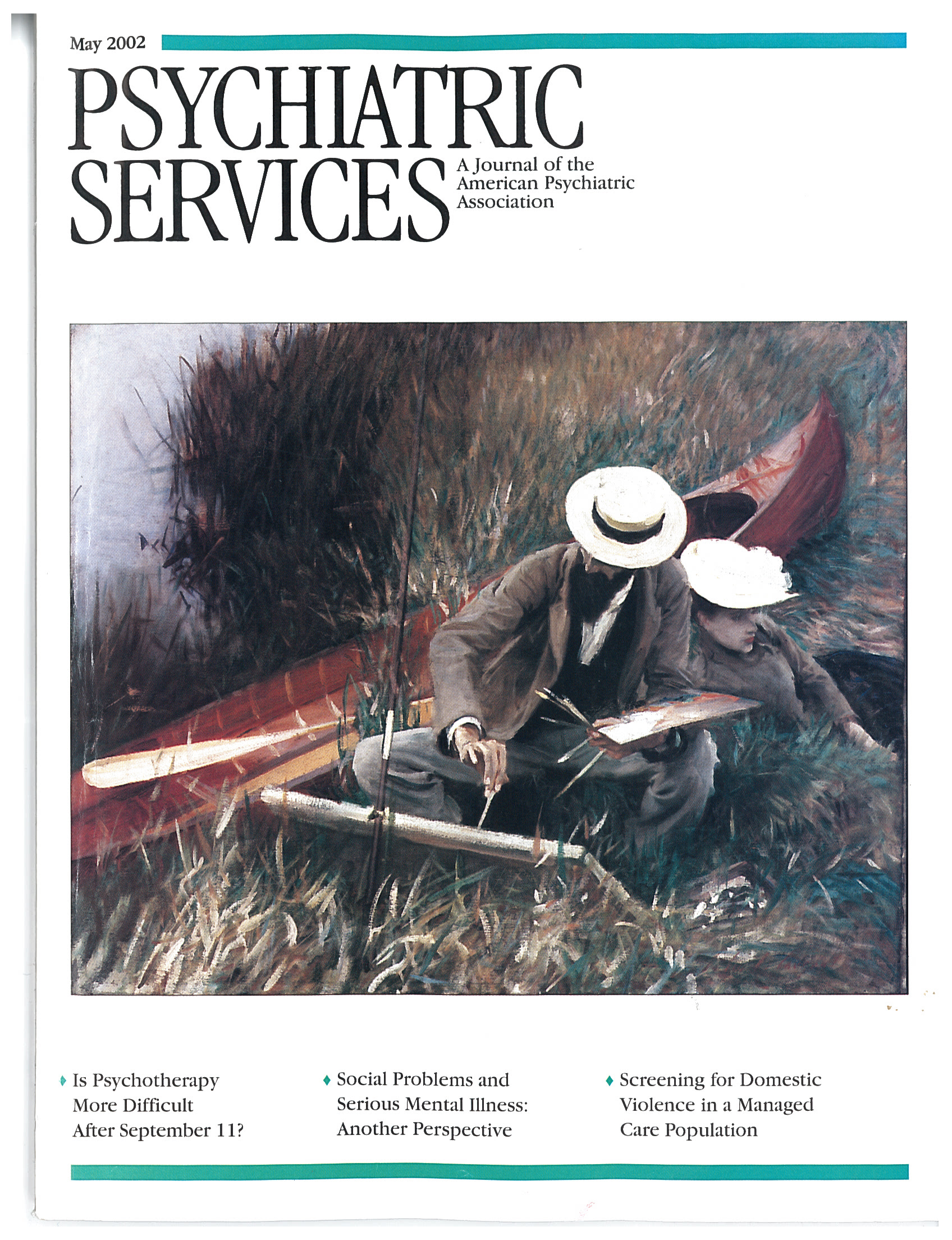Attempts to regulate the menstrual cycle did not begin with the development of hormonal contraceptives, and they do not occur only in societies with sophisticated technology. Regulating Menstruation, which brings together scholarly contributions from demographers and other specialists whose work may be unfamiliar to mental health practitioners, traces such attempts back to the age of Socrates, whose mother was a midwife, and Hippocrates.
Hippocrates believed that menstruation was essential for the elimination of excess blood. He attributed diminished or absent menses to mechanical obstruction and certain diseases to blocked menstrual flow. A millennium later, Galen believed that systemic disease interfered with menstruation; he prescribed systemic herbal pharmaceuticals as well as venesection.
Cross-cultural studies of modern, nonliterate indigenous African and Latin American societies reveal that some of them share with the ancient Greeks the belief that the uterus can leave the pelvis and cause symptoms in other parts of the body. This belief may have developed independently in such societies, or it may have been rooted in ancient Greek medical theory that persisted in European concepts of reproductive physiology and then imparted to colonial subjects.
For centuries, members of Western and non-Western societies and their health care practitioners have focused on the importance of regular menstruation for women's overall well-being and specifically for their fertility. Women freely consult female friends and relatives as well as designated experts of either sex when their periods are irregular in any way, and they are treated with a wide array of mechanical and pharmaceutical approaches. The list of botanicals is long. Some of the same plants have been used in many cultures over many centuries, and some of them are part of the "natural" treatments women in modern societies use today for reproductive symptoms.
Interestingly, the linguistic and conceptual ambiguity that characterizes contemporary Western discussions of reproductive functions and treatments—such as the use of the term "abortion" to cover both spontaneous miscarriage and induced termination of pregnancy—also attends such discussions elsewhere in the world, in societies old and new. Women complain of the mess and discomfort of menstruation but value monthly bleeding both as reassurance of their fertility and as reassurance that they are not pregnant. When women seek treatment to bring on the menstrual flow, it may be because they want to protect their fertility or because they fear they are pregnant, and don't wish to be.
This ambiguity is facilitated by the belief that an early pregnancy—before quickening, or the mother's perception of fetal movement, which occurs around the fourth month—is simply an unformed clot of blood. In some societies, the ambiguity is not questioned, whereas in others health care practitioners attempt to distinguish women's motives for treatment and refuse to participate in abortion.
The importance of social constructions of menstruation is elegantly stated and quoted by one of the chapter authors: "While bodily functions such as menstruation have a physiological basis, they also 'must be regarded as a narrative of culture in anatomical disguise.'"
An examination of the psychological and cultural meanings of monthly bleeding is especially timely now. Through most of history, most women have been either prepubertal, pregnant, breast-feeding, or menopausal at any given time and thus had relatively few periods during their lifetimes. In many parts of the world, earlier puberty, longer life spans, lower birthrates, and decreased rates of breastfeeding have changed this. The withdrawal bleeding built into the original oral contraceptive regimens was an artificial construct, not indicative of true menstrual cycles, and it is being questioned in theory and practice. The interesting essays in this book will help us think about and understand these new developments as they evolve.

